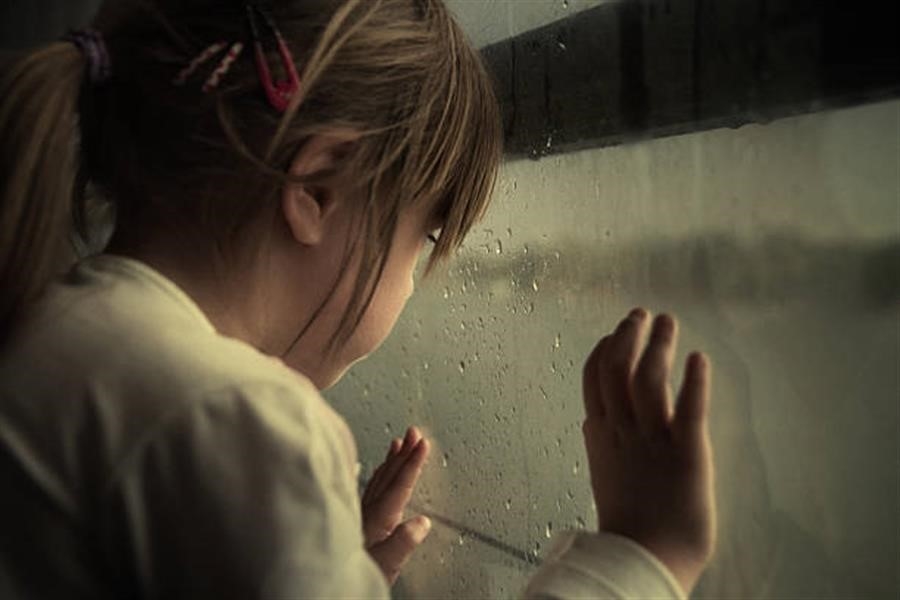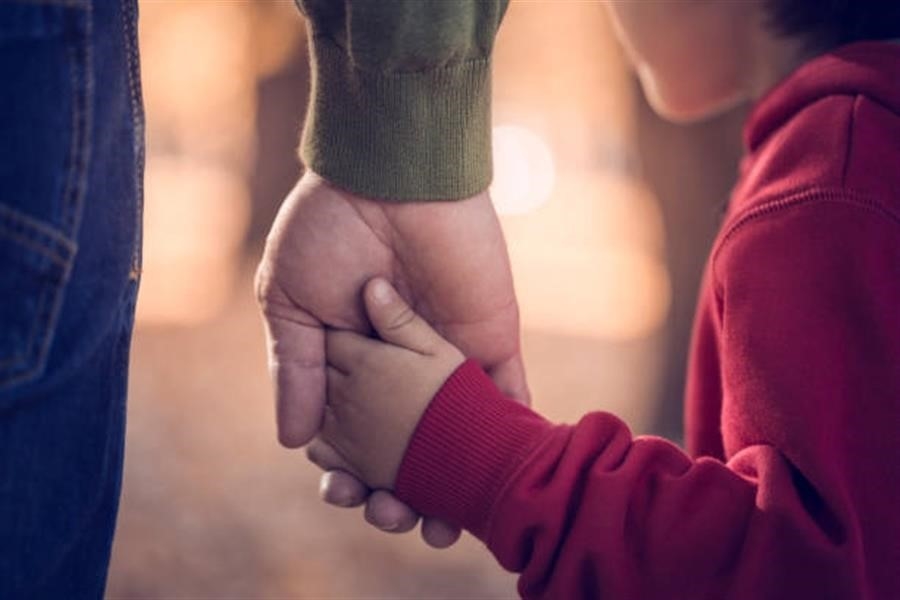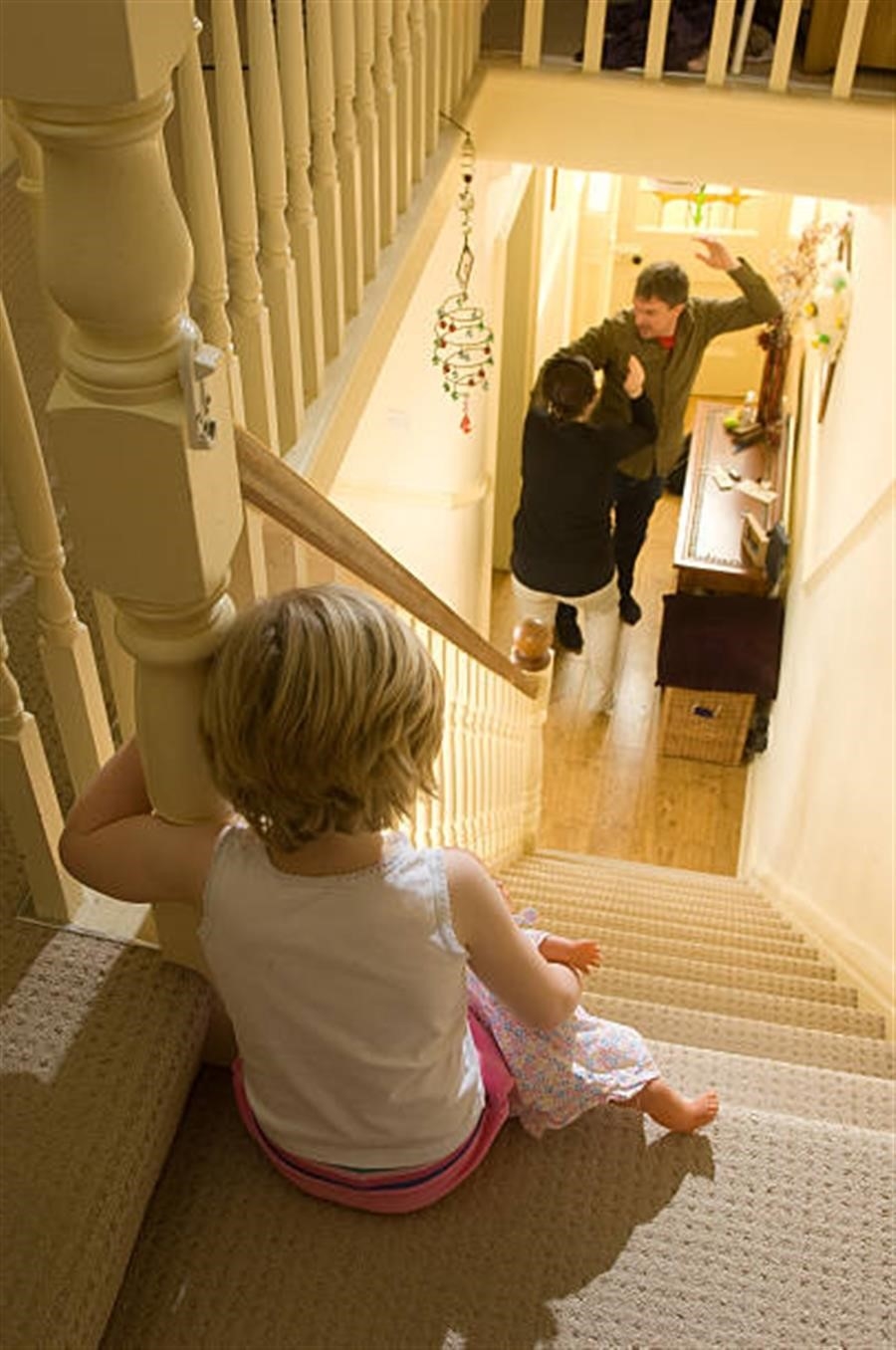In homes where domestic violence occurs, children are at high risk for suffering physical abuse themselves. Regardless of whether children are physically abused, the emotional effects of witnessing domestic violence are very similar to the psychological trauma of being a victim of child abuse.
- Children in homes where domestic violence occurs may “indirectly” receive injuries. They may be hurt when household items are thrown or weapons are used. Infants may be injured if being held by the mother when the batterer strikes out.
- Older children may be hurt while trying to protect their mother.
- Children in homes where domestic violence occurs may experience cognitive or language problems, developmental delay, stress-related physical ailments (such as headaches, ulcers, and rashes), and hearing and speech problems.
- Many children in homes where domestic violence occurs have difficulties in school, including problems with concentration, poor academic performance, difficulty with peer interactions, and more absences from school.
- Boys who witness domestic violence are more likely to batter their female partners as adults than boys raised in nonviolent homes. There is no evidence, however, that girls who witness their mothers’ abuse have a higher risk of being battered as adults.
- Taking responsibility for the abuse.
- Constant anxiety (that another beating will occur) and stress-related disorders.
- Guilt for not being able to stop the abuse or for loving the abuser.
- Fear of abandonment.
- Social isolation and difficulty interacting with peers and adults.
- Low self-esteem.
- Younger children do not understand the meaning of the abuse they observe and tend to believe that they “must have done something wrong.” Self-blame can precipitate feelings of guilt, worry, and anxiety.
- Children may become withdrawn, non-verbal, and exhibit regressed behaviors such as clinging and whining. Eating and sleeping difficulty, concentration problems, generalized anxiety, and physical complaints (such as headaches) are all common.
- Unlike younger children, the pre-adolescent child typically has greater ability to externalize negative emotions.
- Adolescents are at risk of academic failure, school drop-out, delinquency, substance abuse, and difficulties in their own relationships.
In addition to symptoms commonly seen with childhood anxiety (such as sleep problems, eating disturbance, nightmares), victims of the pre-adolescent age-group may show a loss of interest in social activities, low self-concept, withdrawal or avoidance of peer relations, rebelliousness and oppositional-defiant behavior in the school setting. It is also common to observe temper tantrums, irritability, frequent fighting at school or between siblings, lashing out at objects, treating pets cruelly or abusively, threatening of peers or siblings with violence, and attempts to gain attention through hitting, kicking, or choking peers and/or family members. Girls are more likely to exhibit withdrawal and run the risk of being “missed” as a child in need of support.



